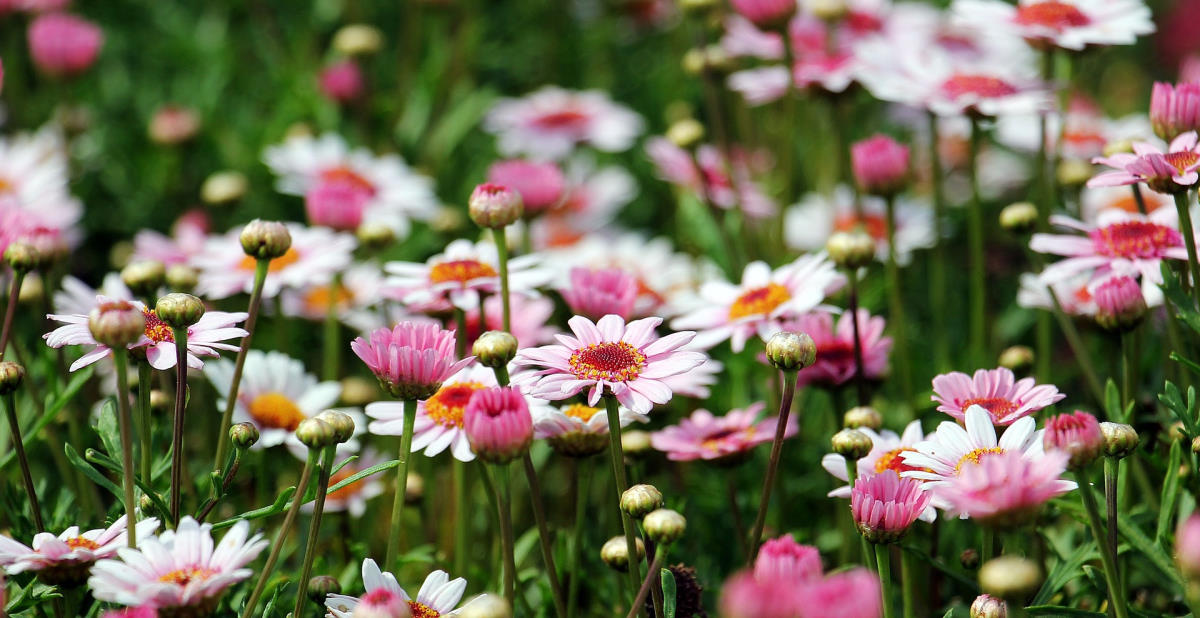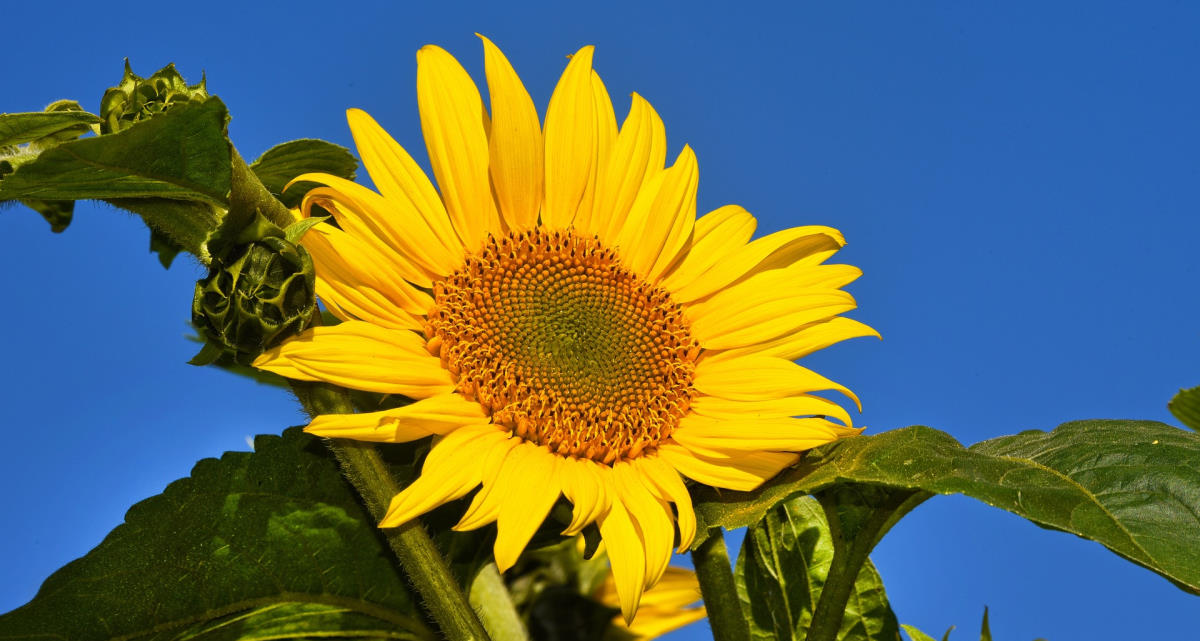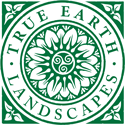The concept of “right plant, right place” is simply choosing plants that are well suited to their location and planting zone. This seems like a simple concept, but there are many factors which might affect whether or not the plant thrives and has a future in a given location. The most basic of these include sun exposure, water availability, and the mature size of the plant (relative to the available space). On lower Vancouver Island, one should also consider if the plant will be exposed to deer, salt spray and wind.
Know Your Planting Zone: Plants That Thrive in Victoria
The list of potential plants can be narrowed down significantly by determining the local planting zone. In the Victoria area, it’s Zone 8. This means that the minimum temperature should fall within the -12 to -7 degrees Celsius range. This is important to know if you are using the web to search for plants you’d like to use in your garden. It’s crucial to know your planting zone as if you choose a plant from a warmer zone, it won’t survive the drop in temperature.
BC is divided into several planting zones, ranging from zone 0 to zone 9. Zone 0 represents the coldest areas, while zone 9 is the warmest. Here is a breakdown of the different planting zones and the areas they cover in British Columbia:
- Zone 0 – High Arctic and Subarctic regions of Northern BC
- Zone 1 – Northeastern BC, including Fort Nelson and the Peace River Valley
- Zone 2 – The central interior of BC, including Prince George and Quesnel
- Zone 3 – The southern interior of BC, including Kamloops and Kelowna
- Zone 4 – The Lower Mainland and Vancouver Island, including Vancouver, Victoria, and Nanaimo
- Zone 5 – Coastal areas of BC, including the Sunshine Coast and the Gulf Islands
- Zone 6 – Coastal areas of BC, including Tofino and Port Hardy
- Zone 7 – Haida Gwaii and the Queen Charlotte Islands
- Zone 8 – Southern Vancouver Island, including Victoria and Sidney
- Zone 9 – Southern Vancouver Island, including Victoria and the Gulf Islands
Sites like GreatPlantPicks.org list reliable choices for zone 8. Be aware that sometimes garden centers will have borderline hardy plants available. These are often meant to be planted in a sheltered location against a south-facing wall; alternatively, they are meant to be “treated as an annual” (added to the compost after a year).

Most plants require part sun to full sun, well-drained soil and some water in the summer. Unfortunately, not every area of a garden meets these criteria. It is useful to walk around the site and determine areas in deep shade or full sun. Also, look at wet or dry areas at certain times of the year. There are very few plants that thrive in dry shade (sword fern is one). Gathering as much of this type of knowledge up front will be invaluable in designing your garden.
Consider the Plant’s Size
Be sure to look at the mature size of a plant. Nowhere is this more important than when choosing trees. There are many varieties available that are suitable for residential gardens. Robinia pseudoacacia ‘Frisia,’ for example, is attractive, medium-sized and disease-resistant. On the other hand, Acer macrophyllum (big-leaf maple) can grow to 60 feet or more tall and wide. The same is true for shrubs. Just because a plant is in a small pot at the nursery, doesn’t mean that it won’t be 6-8 feet tall and wide in 5-10 years.

Planning can decrease the amount of time you have to spend after planting (pruning, transplanting, fertilizing, watering, replacing, etc.). For major garden renovations, doing a scale drawing of the site can be invaluable in the long run. Choosing the right plant for the right place will produce a garden that thrives with minimal effort.
Local Plant Stores and Nurseries in Victoria
With such a fortunate planting region, we are also fortunate to have a plethora of wonderful nurseries and plant shops for you to create your dream garden. Here are just a few of the Victoria nurseries and plant stores that we frequent on our own time.
- Russel Nursery – Founded in 1992, Russel Nursery is a family-owned full-service garden centre and nursery located in North Saanich. There are 3.5 acres of sprawling land full of everything you could ask for; a gardener’s dream.
- Lochside Nursery – If you’re a landscape professional, Lochside Nursery caters to you. This business is primarily a wholesale landscaping outfit located on Lochside Drive in Central Saanich. Just make sure to watch for cyclists, walkers, and horse riders!
- Wildwood Outdoor Living Centre – You might remember this garden centre as Cannor Nursery up until 2007 when the new owners expanded the offering. Now they provide a huge range of outdoor bits and bobs as well as plants, flowers, and other shrubberies.
- Satinflower Nurseries – Satinflower is run by husband and wife biologists who have a passion for nature and native species. Recently the business changed its name from Saanich Native Plants. They don’t use herbicides, pesticides, or chemical fertilizers. Visit them at the Haliburton Community Organic Farm.
Our experienced team of landscape designers can help you find the right plants for the right places.
Send us a message and we’d be happy to offer a free estimate for your landscaping or garden maintenance needs:

